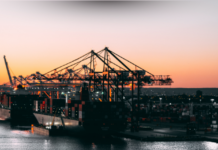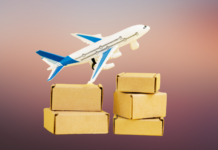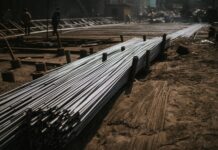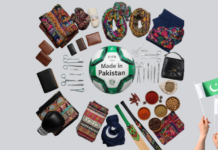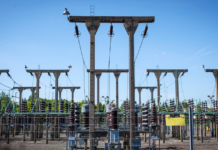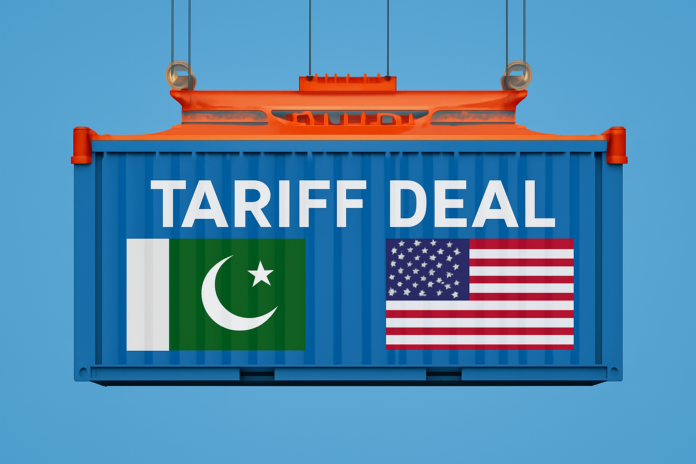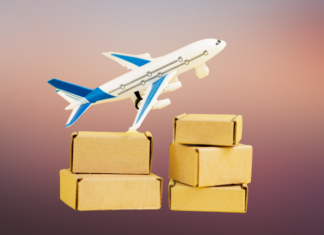- Revised tariffs have reduced Pakistan’s tariff gap with countries like Vietnam and Bangladesh, eliminating its earlier advantage in the textile sector
The US has revised the tariff on goods from Pakistan to 19% from 29% following a trade deal and cooperation on building oil reserves. Unlike the market perception, the deal seems to be less exciting for Pakistan, thus neutral—better than India but largely on par with competitors, especially in the textile sector, such as Vietnam and Bangladesh, according to a report by Topline Securities.
The US announced an updated list of reciprocal tariffs on its trading partners on July 31, 2025, ahead of the August 1, 2025, deadline set by President Donald Trump for finalizing negotiations over tariffs.
Pakistan will now face reciprocal tariffs of 19%, a reduction from the previous rate of 29%, lowering the impact by around 10 percentage points. However, some peer countries, which were initially in a much higher bracket, are now nearly at par with Pakistan.
Pakistan’s Finance Minister Muhammad Aurangzeb visited the US twice and held several virtual rounds of negotiations with American counterparts to finalize the trade deal. Pakistan exports $6 billion worth of goods to the US, accounting for 18% of the country’s total exports, making the US Pakistan’s largest trading partner.
As part of the deal, Pakistan has also rolled back the 5% tax on online purchases from foreign vendors. In return, the US has agreed to help develop Pakistan’s oil reserves, according to the US President’s social media post.
“We expect US companies to participate in the ongoing offshore bidding round in Pakistan, which is set to close by October 2025. However, this is yet to be officially confirmed by Pakistan’s authorities,” said Topline Securities.
The report also mentioned that Vietnam, with exports over $142 billion to the US, initially faced a tariff of 46%. However, the revised tariff rate is now 20%, an improvement of 26 percentage points. Previously, the tariff gap between Vietnam and Pakistan was 17 percentage points (46% vs. 29%), but in the revised deal, the gap has narrowed to just 1 percentage point (20% vs. 19%).
Bangladesh, with over $9 billion in exports to the US, initially faced tariffs of 37%. In the revised deal, this rate has been reduced to 20%, an improvement of 17 percentage points. The gap between Bangladesh and Pakistan, which was 8 percentage points before, has now been reduced to just 1 percentage point (20% vs. 19%).
Other countries, such as Sri Lanka and Thailand, have also received relatively better terms than initially proposed.
India, however, remains an exception in South Asia, as its tariff has only been reduced from 26% to 25%, an improvement of just 1 percentage point. On social media, President Trump linked these higher rates with India’s purchases from Russia.
“Unlike the market perception following President Trump’s tweet about the trade deal with Pakistan, the deal appears to be neutral for Pakistan due to several factors,” said Topline Securities.
Textiles make up 75-80% of Pakistan’s exports to the US, while other exported products include leather, surgical goods, rice, cement, steel products, and salt. Pakistan competes primarily with China, India, Vietnam, Cambodia, Indonesia, and Bangladesh in the textile sector. While initial duties on China, Cambodia, Indonesia, Vietnam, and Bangladesh were much higher than those imposed on Pakistan, the revised duties are now largely equal, leaving Pakistan with no significant competitive edge except for cheaper labor.
“We believe this deal will be neutral for Pakistan. While it helps the country remain competitive with direct competitors, it does not provide a significant advantage. As a result, Pakistani companies will need to continue investing in R&D, energy efficiency, and business development to maintain their market share,” said Topline Securities.
The duties on China, which have not yet been decided, will further affect Pakistan’s competitiveness, as China is the largest supplier to the US.





